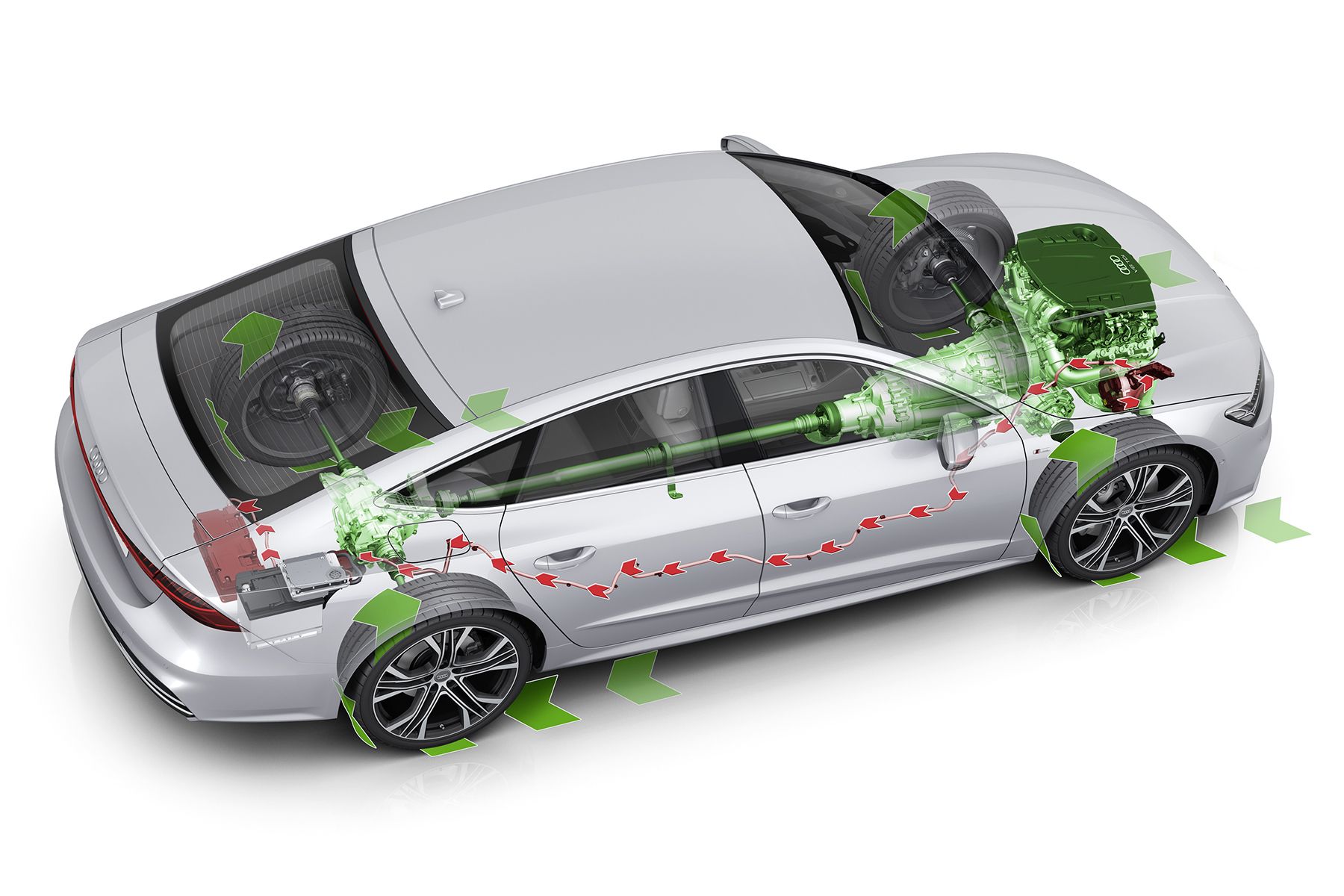beagle9
Diamond Member
- Nov 28, 2011
- 44,128
- 16,456
- 2,250
- Thread starter
- #121
Exactly... And we're not talking about the two source's being utilized simultaneously for the same purpose (to power the vehicle), because each source or operation is utilized specifically for it's task that has already been formulated to compliment each other, and not negatively effect each other in a way that defeats the entire concept.But one energy source can create its own energy. ICE vehicles do that. Energy to charge the battery through the alternator, and moving water to cool the engine, from one energy source.
also to use the lights and radio
Power source = electric motor, and how ever many chargeable batteries involved to give it the horse power that it needs.
Charging source = magneto system, gear reduction or chain driven generator system that operates off of the non-powered rear wheel in which relies on a small amount of amps to then recharge the primaries once the vehicle switches over to the secondaries that have been charged for use after the primaries dropped below a certain level before switching had to occur.

